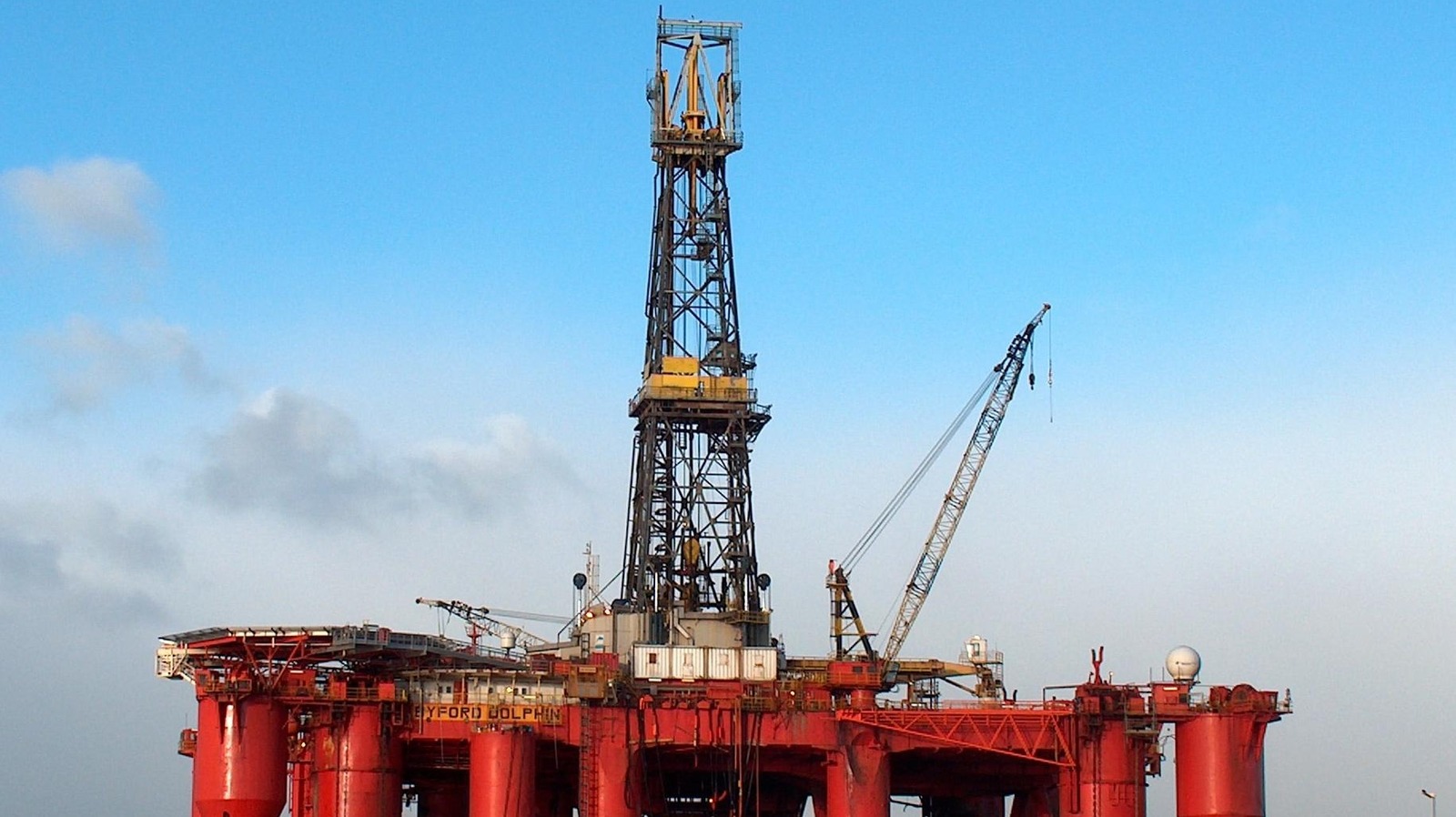The Byford Dolphin Accident: The Explosive Decompression Of 5 Deep Sea Divers – SlashGear

Undersea diving attracts countless tourists to spots where they can safely dive at relatively shallow depths, usually 100 feet or less, and for a short time. Professional divers, however, will go much deeper and for longer periods. That’s why they need to worry about decompression sickness.
This phenomenon occurs when a diver hits high depths and comes back up too quickly. The process begins with air tanks. They contain the same mix of oxygen and nitrogen as air on the surface or sometimes have added helium. While the body uses the oxygen, the nitrogen builds up and becomes highly pressurized by the undersea environment. The human body normally has some nitrogen, but when diving, this nitrogen is compressed, so the body fills the space with more nitrogen from the air tank.
As divers go deeper underwater, they experience higher degrees of pressure, each measured as one atmosphere’s worth of pressure. So 2 atmospheres is double the pressure on Earth’s surface, 3 atmospheres is triple, and so on. At 3 atmospheres, a diver’s body contains three times the typical amount of nitrogen. If they come up too quickly, the nitrogen will instantly expand to its normal size inside the diver’s body and cause pain, difficulty breathing, and in the worst cases, death. That’s why divers must slowly come up, a little bit at a time, so the nitrogen can safely expand and decompress.
For all the latest Games News Click Here
For the latest news and updates, follow us on Google News.
